The Gare du Nord is a large railway station in Paris that serves destinations to the north of the city, including international cities such as London and Amsterdam, which are only hours away thanks to the ubiquitous high speed trains.
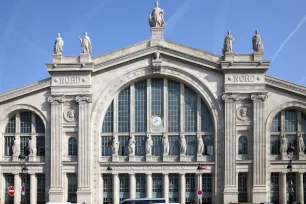
Its proximity to major international destinations has made the Gare du Nord the busiest train station in Europe. The station is well-connected to the city’s public transportation network with metro and RER stops on the lower levels of the building.
The first Gare du Nord
In 1847 architect and engineer Léonce Reynaud built a railway station for the Chemins de Fer du Nord, a railway company that served the connections to the cities north of Paris.
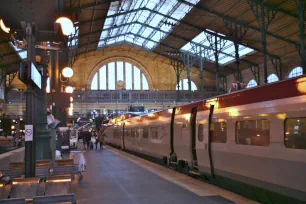
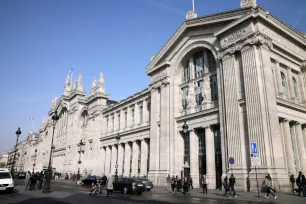
Just ten years later the station had become too small to handle the millions of passengers, and in 1857 the construction of a much larger station was approved. It would take another four years before the company approached the established architect Jacques-Ignace Hittorff for the construction of a monumental head house. When the old station was demolished in 1860 its front was disassembled and transported to Lille, where it was reconstructed as the front of the Gare de Lille-Flandres.
Hittorff
The chairman of the Chemin de Fer du Nord, James de Rothschild, admired Hittorff’s classical architecture, in particular his design of the Sint-Vincent-de-Paul church not far from the Gare du Nord. He personally asked the architect to design the new railway terminal for the Chemin de Fer du Nord in Paris. At the time Hittorff, who was born in Cologne but moved to Paris in 1810, had already put his mark on the city with the redesign of the Place de la Concorde and Champs-Elysées and the construction of several buildings such as the circular Cirque d’Hiver.
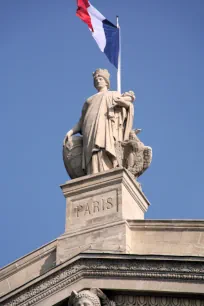
The Railway Building
Construction of the new Gare du Nord started in 1861 and the railway station opened in 1864 while work continued until 1866. Its central facade is similar to that of the nearby Gare de l’Est from 1852, but on a grander scale. It is dominated by an enormous glass arch set on columns decorated with Doric pediments. The arch is framed on either side by huge Ionic pediments and flanked by two large arches. Two more arches front the pavilions at either end of a long wing, completing the symmetrical facade.
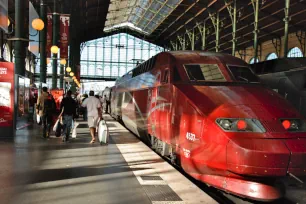
More than twenty statues decorate the front facade of the Gare du Nord. The five statues on top of the central cornice represent Paris (in the middle) flanked on either side by ancient gods. The statues on top of the building’s wings are allegorical representations of eight international destinations (Amsterdam, Berlin, Brussels, Cologne, Frankfurt, London, Vienna and Warsaw). Below those large statues are smaller figures representing 12 destinations in France that were served by the Chemin de Fer du Nord (Amiens, Arras, Beauvais, Calais, Cambrai, Douai, Dunkerque, Laon, Lille, Rouen, Saint-Quentin and Valenciennes).
The train shed is much more modest than the front facade, and is rather functional, with little ornamentation. While most of the contemporary railway stations in Europe feature grand arched roofs, the platforms of the Gare du Nord are covered with a rather modest looking peaked roof.
Renovation
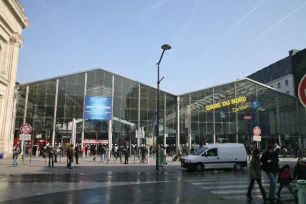
During the mid 1950s, the station was in a dilapidated state and there were plans to demolish the structure. Fortunately, the structure managed to escape the wrecking ball. The historic building was most recently renovated in 2010.
In 2001 a new structure was built as an annex to the Gare du Nord which houses the platforms for the suburban railway. The modern glass annex replaced an unsightly parking garage that was built in the 1970s.

